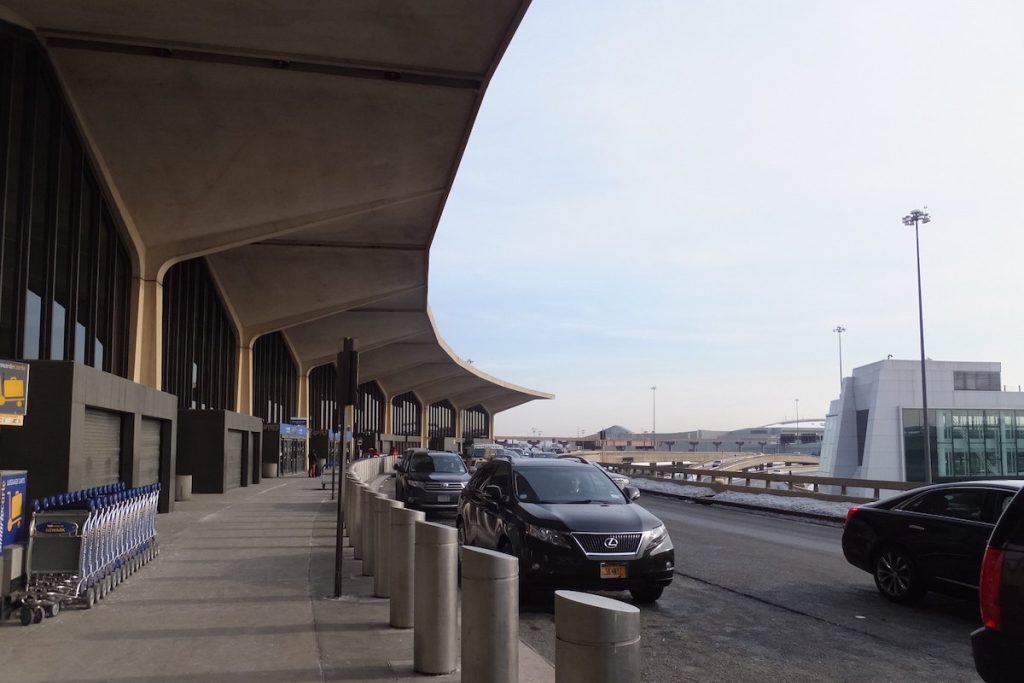The Federal Aviation Administration (FAA) has exceeded its hiring goals for air-traffic controllers for the 2024 fiscal year, hiring a total of 1,811 controllers against a goal of 1,800. This marks the largest number of new hires in nearly a decade. Despite this, the agency is still facing a persistent shortage of air-traffic controllers that airline executives expect will last for years. The shortage worsened during the pandemic, with the FAA still short of about 3,000 controllers. This has led to operational changes such as allowing airlines to reduce capacity at major airports and moving some control centers to other locations like Philadelphia.
The shortage of air-traffic controllers has led to frustration among airline executives, who are facing challenges in operating their flights efficiently. JetBlue CEO Joanna Geraghty highlighted New York as a significant challenge for air-traffic control, emphasizing the need for the FAA and the Department of Transportation to address underlying issues. United Airlines CEO Scott Kirby also expressed the expectation that the shortage will persist for years to come, impacting the industry’s operations. These sentiments were shared at industry events like the Skift Global Forum.
Despite efforts to hire more air-traffic controllers, the FAA is still facing challenges in meeting the demand for qualified personnel. The agency currently has around 3,400 controllers in various stages of training, but the overall shortage remains a concern. The move to relocate air-traffic control oversight from New York to Philadelphia was met with resistance from lawmakers and controllers, who cited disruptions to their personal lives. The agency’s decision to shift control centers was aimed at improving recruitment by moving to more affordable areas.
The airline sector as a whole is closely monitoring the impact of the air-traffic controller shortage on their operations. The performance of airline sector stocks within the Skift Travel 200 (ST200) index provides insight into how companies are navigating these challenges. The index includes a diverse range of travel companies, including network carriers, low-cost carriers, and related businesses. By analyzing the financial performance of these companies, stakeholders can assess the overall health of the airline industry in light of the ongoing shortage of air-traffic controllers. This data can inform decision-making and strategic planning within the sector.


